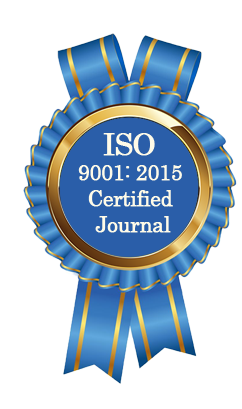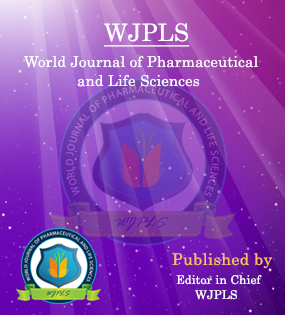Abstract
THE COMMON BACTERIAL CAUSES OF VAGINAL INFECTION IN ERBIL CITY
Sahar Muhammad Zaki Abdulla*, Sewgil Saaduldeen Anwer, Sanaria Kamaran Mahmood, Jwan Mohamed Mahmod, Sarme Shahid Abbas, Rozhgar Aziz Mahmod and Diana Tarriq Raaof
ABSTRACT
Background and objectives: Vaginitis is a term used to describe infectious diseases and other inflammatory conditions affecting the vaginal mucosa, bacterial vaginitis appears to be associated with pelvic inflammatory disease, infectious complications after abortion or gynecological invasive procedures. The study aimed to isolate the common bacterial causes of vaginal infection and to determine the antibiotic profile of each bacteria isolated in high vaginal swab. Methods and materials: High vaginal swabs were collected from two hundred (200) women patients with vaginal infection symptoms who attend the Rizgary Hospital, Maternity Teaching Hospital and PAR Hospital in Erbil city in the period from (September 2016-February 2017). All vaginal swabs taken from married non-pregnant patients. The age of these patients ranged between (18-55) years, Swabs were transported to the lab, the samples were directly examined and specimens where inoculated to several culture media after incubation overnight at 37°C, the bacterial colonies were identified on the following medias: Muller Hinton Agar, MacConkey agar, Blood agar plate, Chocolate agar and antibacterial susceptibility profile determined for each bacterium either by VITEK® 2 PC or by disk method. Results: gram positive isolated from (58%) while gram negative isolated from (42%) of patients complaining from vaginitis, the number and percentage of isolated bacteria was as follow: Escherichia coli, Streptococcus agalactiae 28(22.5%), Klebsiella pneumoniae, Staphylococcus haemolyticus in16(12.9%), Staphylococcus aureus, Enterococcus faecalis in 12(9.8%) while Neisseria gonorrhoeae, Serratia marcescens and Staphylococcus saprophyticus in 4(3.3%) and the positive bacterial growth and the Antibiotic susceptibility profile showed that most of the pathogens were resistant to more than one Antibiotics. Conclusions: The incidence of gram positive was higher than gram negative bacteria and and the result of bacterial culture and the most of gram positive and gram negative were resistant to Ampicillin, Amoxicillin and most of these pathogens were sensitive to Amikacin, Gentamicin and Tetracycline.
[Full Text Article] [Download Certificate]WJPLS CITATION 
| All | Since 2019 | |
| Citation | 422 | 322 |
| h-index | 9 | 7 |
| i10-index | 4 | 2 |
INDEXING
NEWS & UPDATION
BEST ARTICLE AWARDS
World Journal of Pharmaceutical and life sciences is giving Best Article Award in every Issue for Best Article and Issue Certificate of Appreciation to the Authors to promote research activity of scholar.
Best Article of current issue
Download Article : Click here





